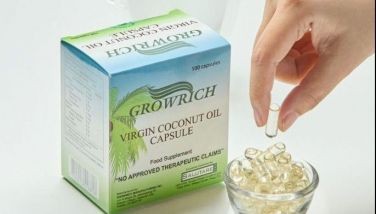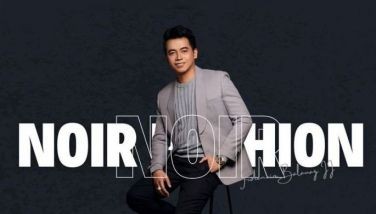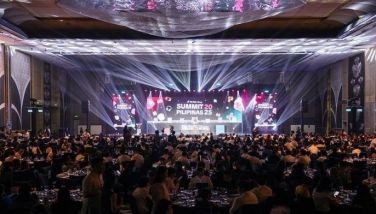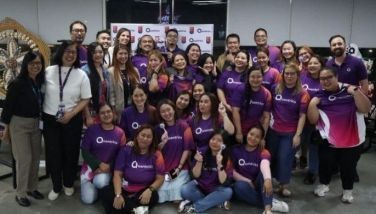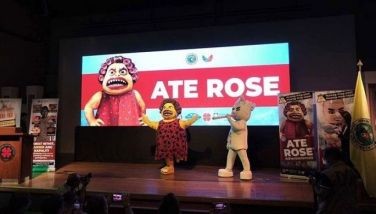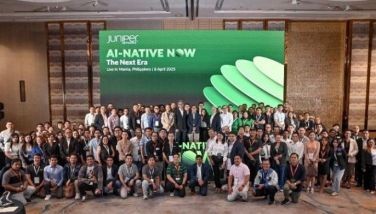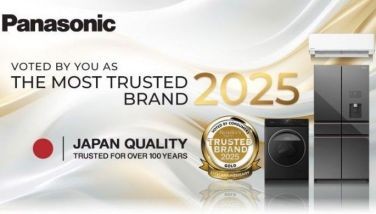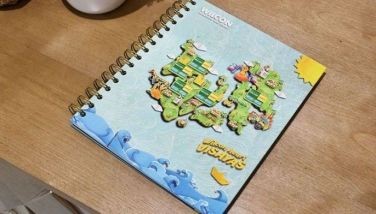October 6, 2007 | 12:00am
With illustrious structures at every corner, labyrinths of underground shopping malls and a multitude of ritzy coffee shops, there is no shortage of must-see sights in modern Seoul. In just a few days’ time, this writer succumbed to the charms of Seoul, South Korea.
After the Korean War, South Korea grew from being one of the world’s poorest countries to one of the richest. From the mid to late twentieth century (having bounced back from the Asian financial crisis), it has enjoyed one of the fastest rates of prolonged economic growth in history. The economy of South Korea is the third largest in Asia and the twelfth largest in the world, in terms of market exchange nominal GDP as of 2006.
Given its history, it seems growth has characterized the Seoul landscape. It’s like a city on a mission, on a roll, and with something to prove. It’s that modern, go-getter pace fused with the unexpected that gives Seoul its edge. But it’s an edge with spice, for while the city surges forward, it often makes reference to the past. Impeccably preserved palaces and traditional markets are found even in the bustling central metropolis. Majestic Buddhist temples and offbeat art museums dot the city, which is lined with high-rise buildings and condominiums, where many of Seoul’s residents call home. Perhaps this is why Seoul is dubbed the “Soul of Asia” – it is the crossroads of the new and the old.
Stride into the Gangnam district, where business fosters and trends begin. Teheran-ro Street is known as the center of Korea’s high-tech industrial companies that spearhead the country’s IT industry. COEX is the unparalleled must-visit of Gangnam; it houses the Korea World Trade Center, ASEM Towers and City Air Terminal, as well as Korea’s largest shopping mall. COEX is virtually a city in itself and on weekends, the COEX Mall is teeming with families and couples at this ultimate destination for entertainment. For the youth, street fashion in Seoul is a burst of color: minimalism and neutral shades work for cover-ups (like trench coats and jackets), but ingenious combinations of hot pink, multicolor shoes and bold metallic accessories are the popular trends.
Let’s head on to the Four Main Gates Vicinity, which is considered downtown Seoul and where traditional and modern culture meet. This area was the hub of old Seoul back in the day and it still is. Fortresses, gates and royal palaces have been well-preserved. The restored downtown stream of activity in Cheonggyecheon titillates with the scent of history. Stroll along the Seoul Plaza and drop by the Seoul City Hall, so you can say you’ve been there. The area of Myeong-dong is a shopper’s mecca: underground boutiques that maze on forever, trendsetter sidewalk stalls well-lit until the night and high-end designer goods at Lotte Department Store (all within walking distance of each other). It is a very busy place. In a packed morning commuter train, the tense faces of workingmen in snappy suits stand alongside uniformed college students and the brigade weaves the city underneath the sidewalks.
Cheong Wa Dae (The Blue House) is the presidential residence of the Republic of Korea and needless to say, it’s really blue. Blue is considered a prestigious color in Korea. Walking tours are permitted at Cheong Wa Dae but from the outside, no unauthorized vehicle is allowed to stop in front of the Blue House for more than a few seconds. For this sight, our tour group was inside a van and that meant we couldn’t stop for long. Undeterred, our tour guide Jinny urged us, “Quick, take a picture!” We clicked away until a guard blew his whistle, prompting us to speed off as mandated.
Ancient palaces are very well-preserved. The awe-inspiring Deoksugung Palace has been standing since 1400’s. Changdeokgung Palace was built upon a mountain and it is so beautiful, so majestic that it was listed as UNESCO’s World Heritage in 1997. The cherry blossom garden is breath-taking; you’ll want to stay forever. Do visit the other palaces, as well: Gyeongbokgung Palace, Changgyeonggung Palace, Unhyeongung Palace and Gyeonghuigung Palace.
The vicinity of Insa-dong has become a mecca of dozens of art galleries, antique shops, traditional restaurants, and souvenir shops since the 1970’s. Locals say it is the best place to buy souvenirs and authentic Korea-made products at bargain prices. The cobblestone road along its shopping center evokes the feel of old Seoul indeed. Step into the Insa Art Center for a dose of culture and into Ssamziegil for over 4,000 square meters of multi-cultural shopping and restaurant-hopping.
There are many more places to mention, but you’ll have to discover the rest for yourself. Words or pictures simply aren’t enough to describe the experiences of being in Seoul. At first glance, Seoul is the epitome of modernization – 24-hour convenience stores, vending machines and business centers are at every twist and turn. It’s a bold metropolis growing at a breakneck pace, but when one digs deeper, it has soft spots for culture and heritage. Seoul is a city where the visitor never quite feels at home, but its modern vibe and contrasting hints of soul can be wonderfully exhilarating.










